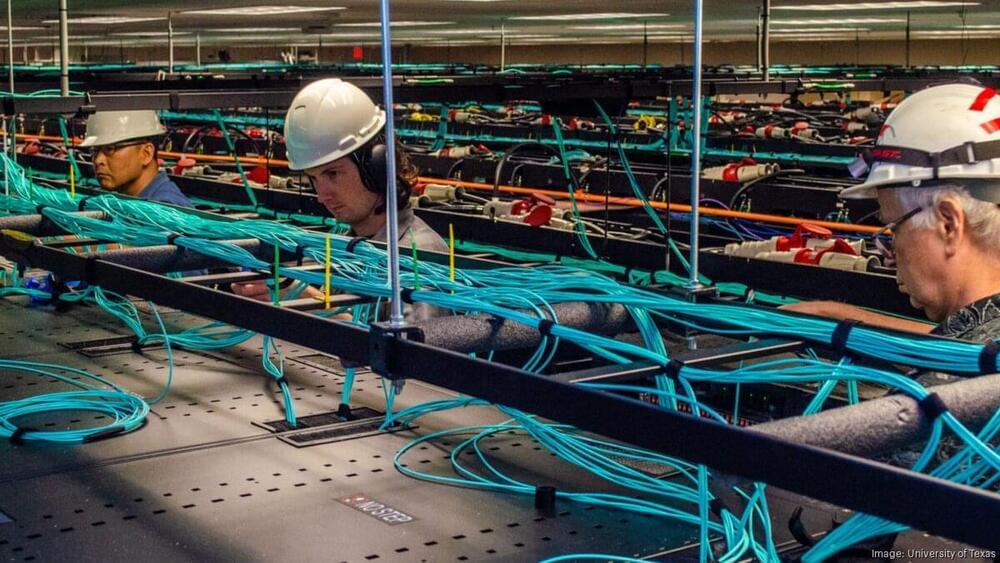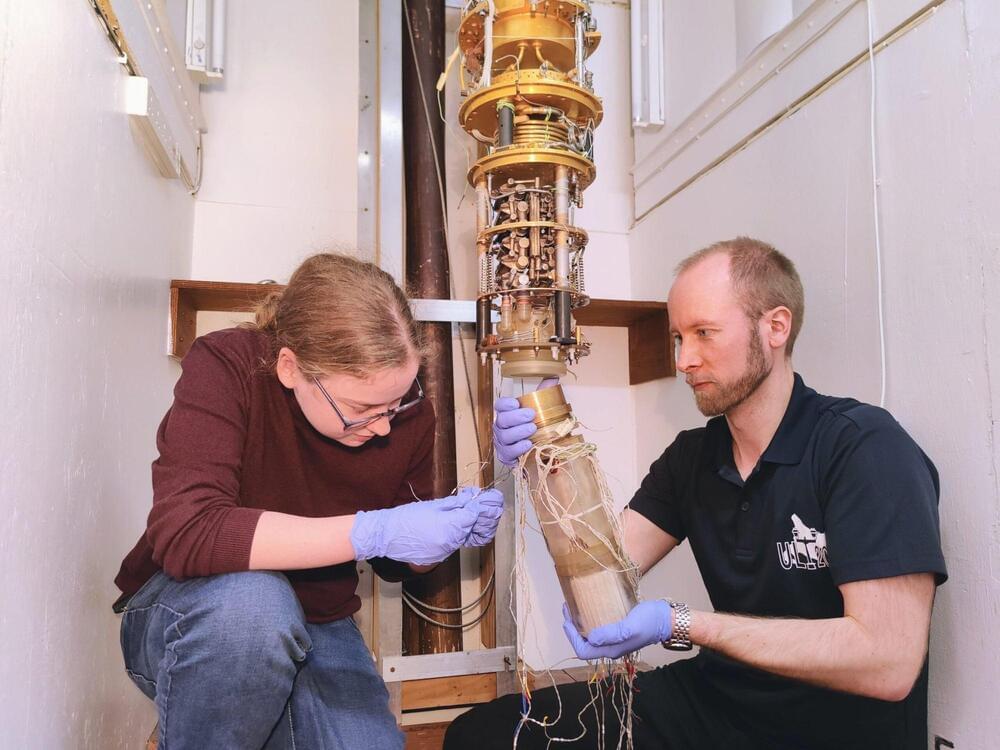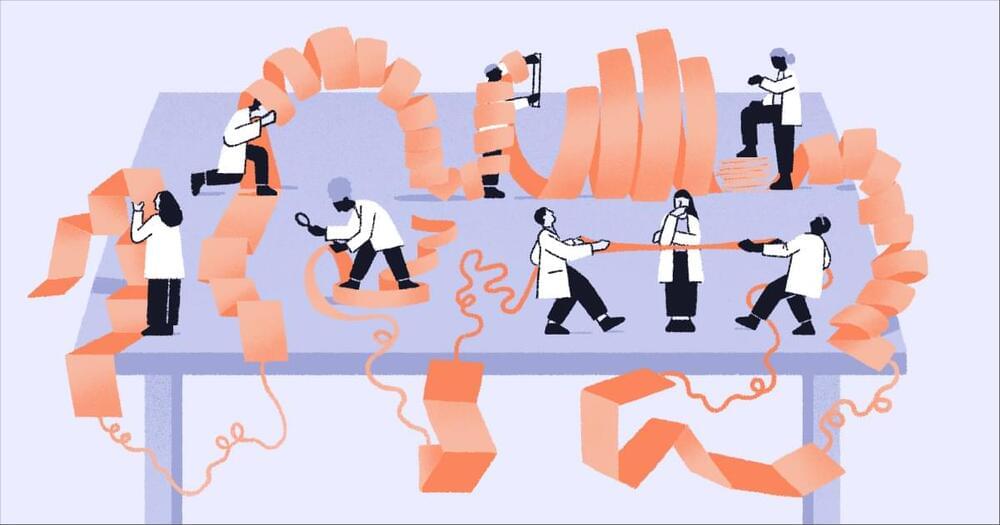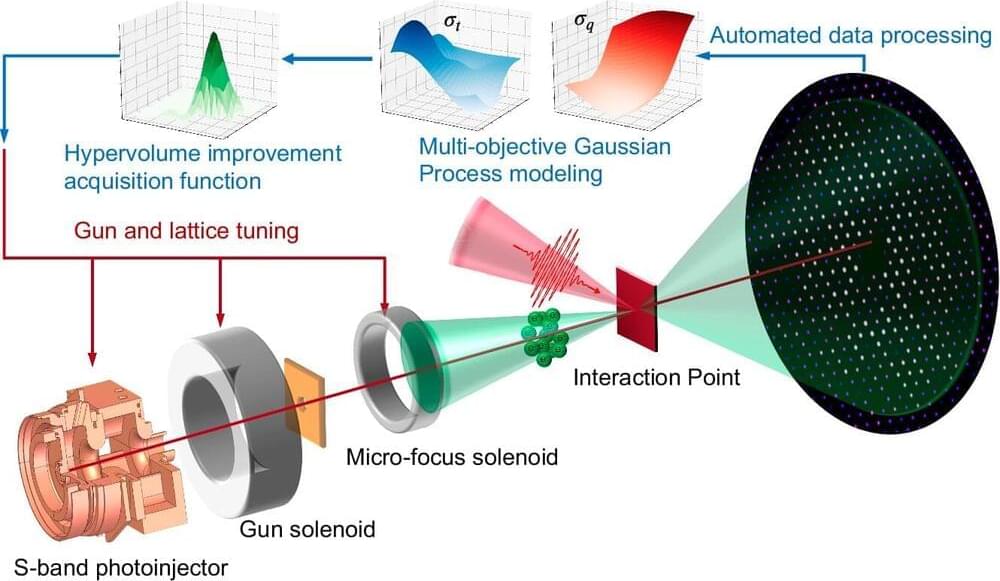The last ~4 billion years have been an incredibly successful, unbroken run for life on Earth. The ultimate end won’t be nearly so bright.



A newly developed stretchable lithium-ion battery retains efficient charge storage after 70 cycles and expands up to 5000%. This innovation caters to the growing demand for batteries in wearable electronics, ensuring flexibility and durability.
When you think of a battery, you probably don’t think of something stretchy. However, batteries will need this shape-shifting quality to be incorporated into flexible electronics, which are gaining traction for wearable health monitors. Now, researchers in ACS Energy Letters report a lithium-ion battery with entirely stretchable components, including an electrolyte layer that can expand by 5000%, and it retains its charge storage capacity after nearly 70 charge/discharge cycles.
Advancements in Flexible Electronics.
Discover Sagan’s unique blend of scientific curiosity and philosophical introspection, as he seamlessly navigates the realms of cosmology and the human condition.
If you would like to support my work financially, you can donate here:
/ twt_pc.
All contributions are greatly appreciated!
Follow us on Facebook \& Twitter:
/ pl.curious.
/ twtatheist.
Email:
[email protected].
Sources:
1. BBC Desert Island Disc (1981)
• Carl Sagan — His Best Interview (1981)
2. Carl Sagan on The Tonight Show with Johnny Carson (1977)
• Carl Sagan on The Tonight Show with J…
3. Carl Sagan’s Lecture: The Age of Exploration (1994)
• Carl Sagan’s 1994 \


Around 80% of the universe’s matter is dark, meaning it is invisible. Despite being imperceptible, dark matter constantly streams through us at a rate of trillions of particles per second. We know it exists due to its gravitational effects, yet direct detection has remained elusive.
Researchers from Lancaster University, the University of Oxford, and Royal Holloway, University of London, are leveraging cutting-edge quantum technologies to build the most sensitive dark matter detectors to date. Their project, titled “A Quantum View of the Invisible Universe,” is featured at the Royal Society’s Summer Science Exhibition. Related research is also published in the Journal of Low Temperature Physics
The team includes Dr. Michael Thompson, Professor Edward Laird, Dr. Dmitry Zmeev, and Dr. Samuli Autti from Lancaster, Professor Jocelyn Monroe from Oxford, and Professor Andrew Casey from RHUL.


Researchers have developed a genetic algorithm for designing phononic crystal nanostructures, significantly advancing quantum computing and communications.
The new method, validated through experiments, allows precise control of acoustic wave propagation, promising improvements in devices like smartphones and quantum computers.
Quantum Computing Revolution

Imagine being able to watch the inner workings of a chemical reaction or a material as it changes and reacts to its environment—that’s the sort of thing researchers can do with a high-speed “electron camera” called the Megaelectronvolt Ultrafast Electron Diffraction (MeV-UED) instrument at the Linac Coherent Light Source (LCLS) at the U.S. Department of Energy’s SLAC National Accelerator Laboratory.
Now, in two new studies, researchers from SLAC, Stanford and other institutions have figured out how to capture those tiny, ultrafast details with more accuracy and efficiency.
In the first study, recently published in Structural Dynamics, one team invented a technique to improve time resolution for the electron camera.
In this thought-provoking lecture, Prof. Jay Friedenberg from Manhattan College delves into the intricate interplay between cognitive science, artificial intelligence, and ethics. With nearly 30 years of teaching experience, Prof. Friedenberg discusses how visual perception research informs AI design, the implications of brain-machine interfaces, the role of creativity in both humans and AI, and the necessity for ethical considerations as technology evolves. He emphasizes the importance of human agency in shaping our technological future and explores the concept of universal values that could guide the development of AGI for the betterment of society.
00:00 Introduction to Jay Friedenberg.
01:02 Connecting Cognitive Science and AI
02:36 Human Augmentation and Technology.
03:50 Brain-Machine Interfaces.
05:43 Balancing Optimism and Caution in AI
07:52 Free Will vs Determinism.
12:34 Creativity in Humans and Machines.
16:45 Ethics and Value Alignment in AI
20:09 Conclusion and Future Work.
SingularityNET was founded by Dr. Ben Goertzel with the mission of creating a decentralized, democratic, inclusive, and beneficial Artificial General Intelligence (AGI). An AGI is not dependent on any central entity, is open to anyone, and is not restricted to the narrow goals of a single corporation or even a single country.
The SingularityNET team includes seasoned engineers, scientists, researchers, entrepreneurs, and marketers. Our core platform and AI teams are further complemented by specialized teams devoted to application areas such as finance, robotics, biomedical AI, media, arts, and entertainment.
Website: https://singularitynet.io.
X: https://x.com/SingularityNET
Instagram: / singularitynet.io.
Discord: / discord.
Forum: https://community.singularitynet.io.
Telegram: https://t.me/singularitynet.
WhatsApp: https://whatsapp.com/channel/0029VaM8…
Warpcast: https://warpcast.com/singularitynet.
Mindplex Social: https://social.mindplex.ai/@Singulari…
Github: https://github.com/singnet.
Linkedin: / singularitynet.

A grass-green snake from Vietnam with yellow eyes, blue lips and a brick-red tail has been identified as a distinct species.